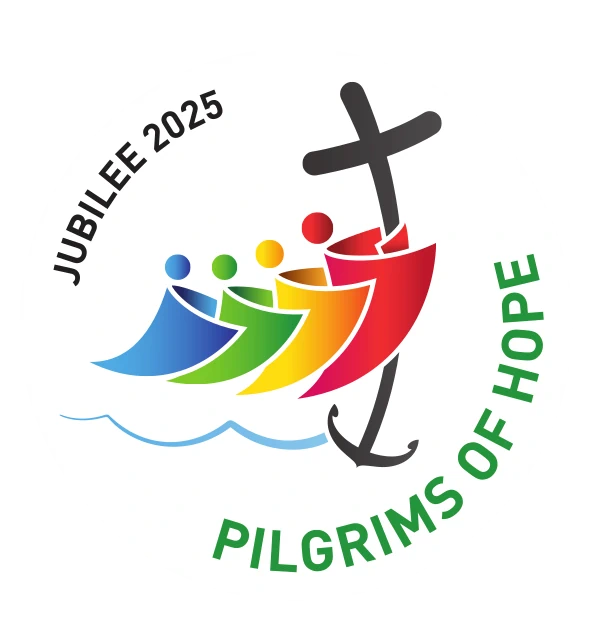Aims & Objectives
The aim of our Design Technology (DT) curriculum is for the children to take part in exciting DT projects that are linked to half-termly topic learning, with the opportunity to revisit core DT skills over years central to the acquisition of key knowledge and skills through ever-more challenging projects. Through a variety of creative and practical activities, pupils are taught the knowledge, understanding and skills needed to engage in a process of designing and making. DT incorporates many traditional skills (model making, drawing and sketching, problem solving, food preparation, observation and discussion), putting them together in an approach which encourages the children to become designers and inventors. The children are taught how to use tools and materials safely and economically. Throughout their time in school, pupils will have many opportunities to develop their ability to prepare food products, to sew and make products using fabric and to learn how materials fit together to create strong structures and allow movement. DT offers children the chance to use creative thinking and design to make ‘something’ for ‘somebody’ for ‘some purpose’. The planning stages include opportunities to investigate and evaluate existing products, leading to a design for their own product. Focused tasks thereafter develop the knowledge and skills which pupils need to complete a particular project. The opportunity to make and evaluate their planned product with reference to their design brief (to consider the value of what they’ve made, for whom and for what purpose) is a highly enjoyable experience for all pupils.
The objectives of teaching DT at St Mary’s Catholic Voluntary academy are: –
- To excite children with projects that are linked to the creative curriculum of the school
- To design, make and evaluate a final product that has a purpose and an audience.
- To develop a wide range of DT skills as the children move through school
- To revisit skills during other projects eg Art and Topic enhancing projects
- To enable children to practise and rehearse skills in FS and KS1 through the use of continuous provision
- Children are encouraged to be designers and inventors with references to real designers, inventors and chefs from the past and current times.
- A design process should always take place and individuality encouraged.
- Planning should include opportunities to evaluate existing products.
- Skills needed will be taught during the project and opportunities to practise found.
- All products will be evaluated thinking about the design brief – children will all learn from this experience.
How the Subject is Planned
The National Curriculum scheme of work as the basis for our planning in design technology, this has then been adapted into purposeful projects that fit with the curriculum for each Year group. Skills progress as the children move through school and the skills are the focus of the planning for each project. We ensure that there are opportunities for children of all abilities to develop their skills and knowledge in each unit, and we plan progression into the scheme of work, so that the children are increasingly challenged as they move through the school.
Foundation Stage
The Early Years Foundation Stage sets out the themes and principles of how young children learn and develop and how practitioners should plan and provide for their learning and development.
Children in the Foundation Stage learn in a holistic way and should experience a balance of child-initiated and adult directed activities that cover all areas of learning in the EYFS. The Characteristics of Effective Learning – Playing and Exploring, Active Learning and Creativity and Thinking Critically are rooted in the science of how children learn and inform and guide our practice and provision. Children are given opportunities to explore their own ideas, make links and test their ideas, review and modify their work and find new ways to do things.
Teaching Approaches
The learning environment in Design Technology is managed in such a way as to facilitate different styles of learning.
Opportunities are made for:
- whole class teaching
- group work, organised according to appropriate criteria (i.e. ability, mixed ability, friendship, etc)
- one to one teaching
- conferencing
- collaborative and active learning in pairs or groups
- independent learning
Classrooms provide a stimulating and purposeful learning environment, including thought provoking and stimulating displays that include vocabulary and opportunities to rehearse learnt skills to help application.
Marking feedback reporting
Termly assessments are made of pupils’ work in Design technology in order to establish the level of attainment and progress and to inform future planning. Formative assessment is used to guide the progress of individual pupils. It involves identifying each child’s progress in areas of the DT curriculum – particularly skills, determining what each child has learned and what therefore should be the next stage in his/her learning.
Resources
DATA resources including Projects on page (to buy as a school)
https://www.foodafactoflife.org.uk/
Resource file
- Resource stocktake each year to ensure equipment is available
- Cross-curricular
- Cross curricular links are strongly encouraged so that children see a purpose to their project whilst at the same time increasing their skills acquisition and knowledge. These links can be to
- Science, Geography, History or the Season eg Christmas. This helps the children to have an immersive experience.
Links to Community, Locality and Trips
Links to bread making and afternoon tea with local baker/restaurant
Role of the Subject Leader
The Subject leader has a variety of roles. These include:
- Taking the lead in policy development and quality assuring DT knowledge webs, resources and DT plans throughout the school
- Supporting colleagues in their development and implementation of DT knowledge webs, resources and DT plans and in assessment and record-keeping activities
- Monitoring progress in DT and advising the Senior Leadership Team on action needed; taking responsibility for the purchase and organisation of central resources for DT
- Using release time to support colleagues
- Keeping up-to-date through research and continuing professional development



